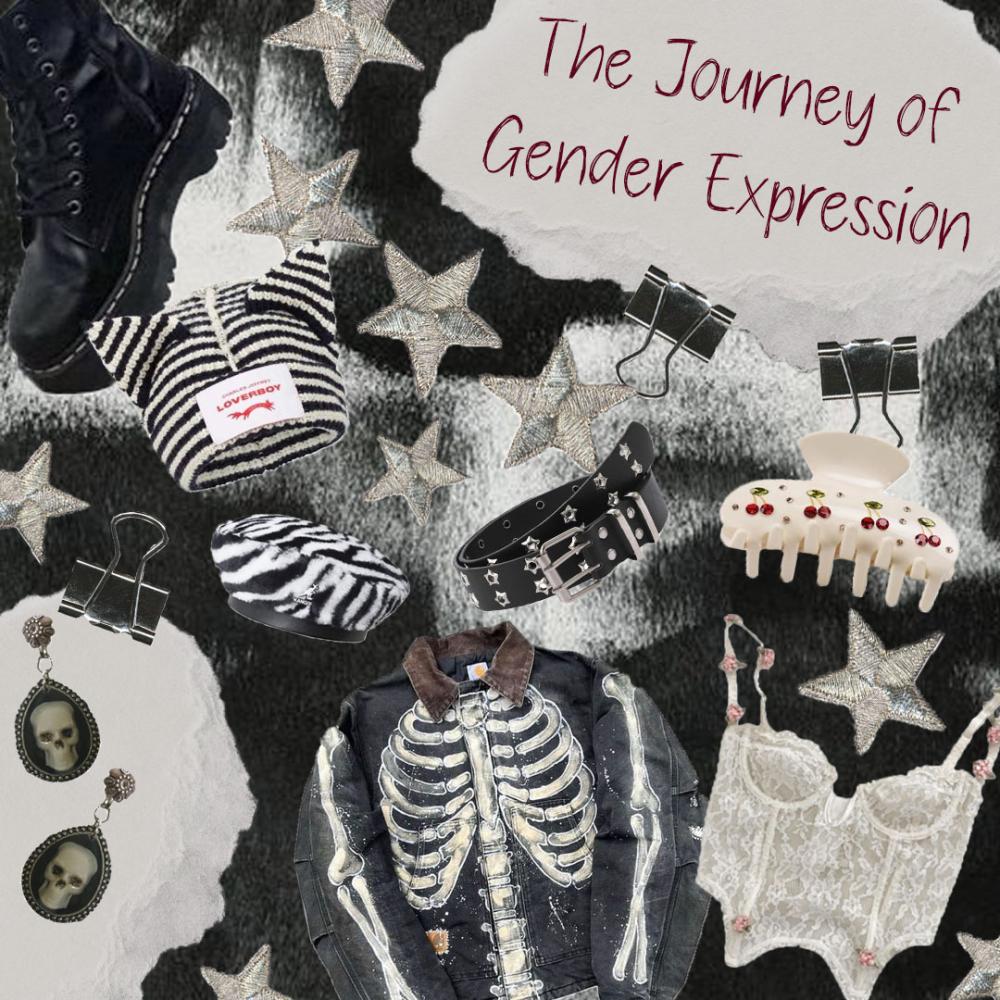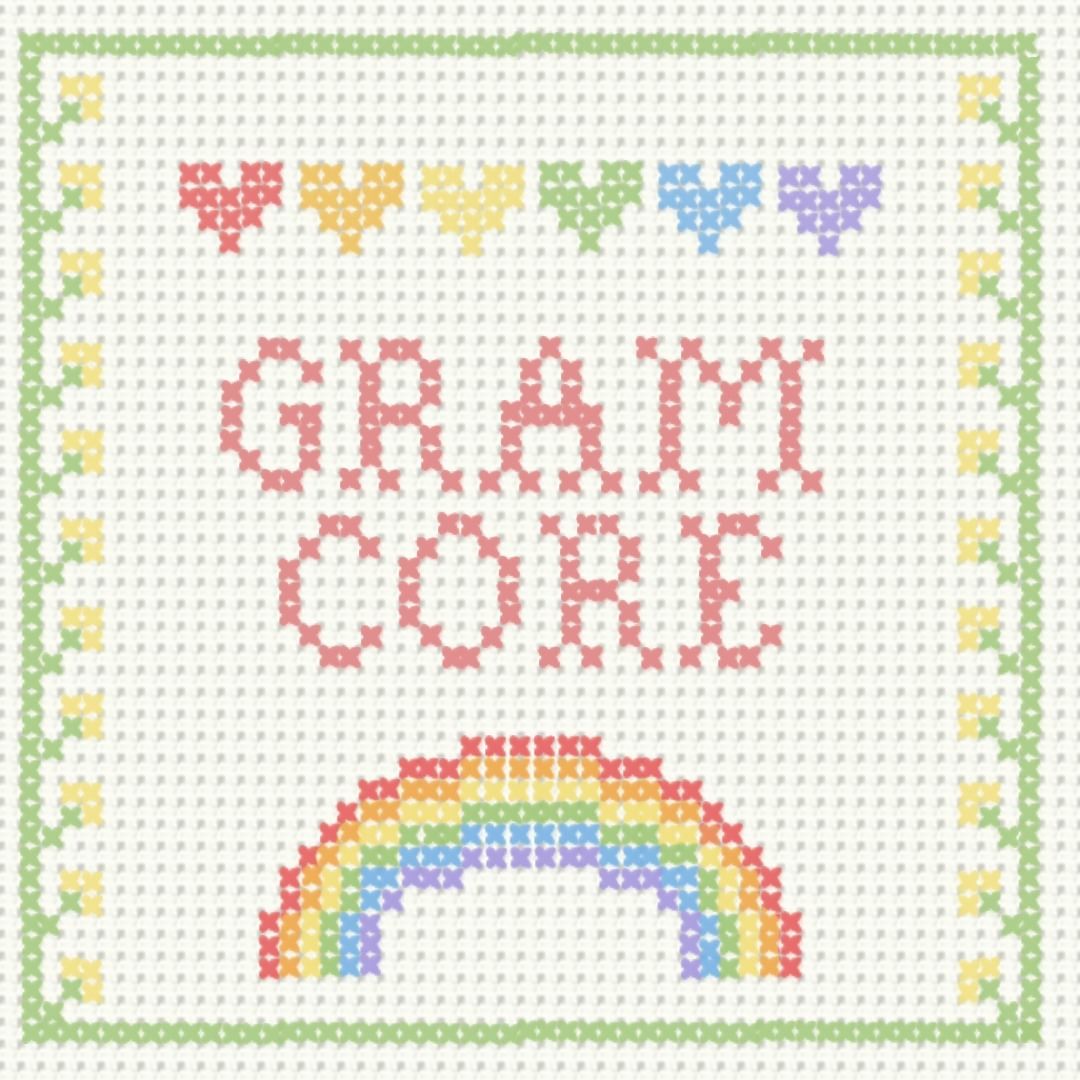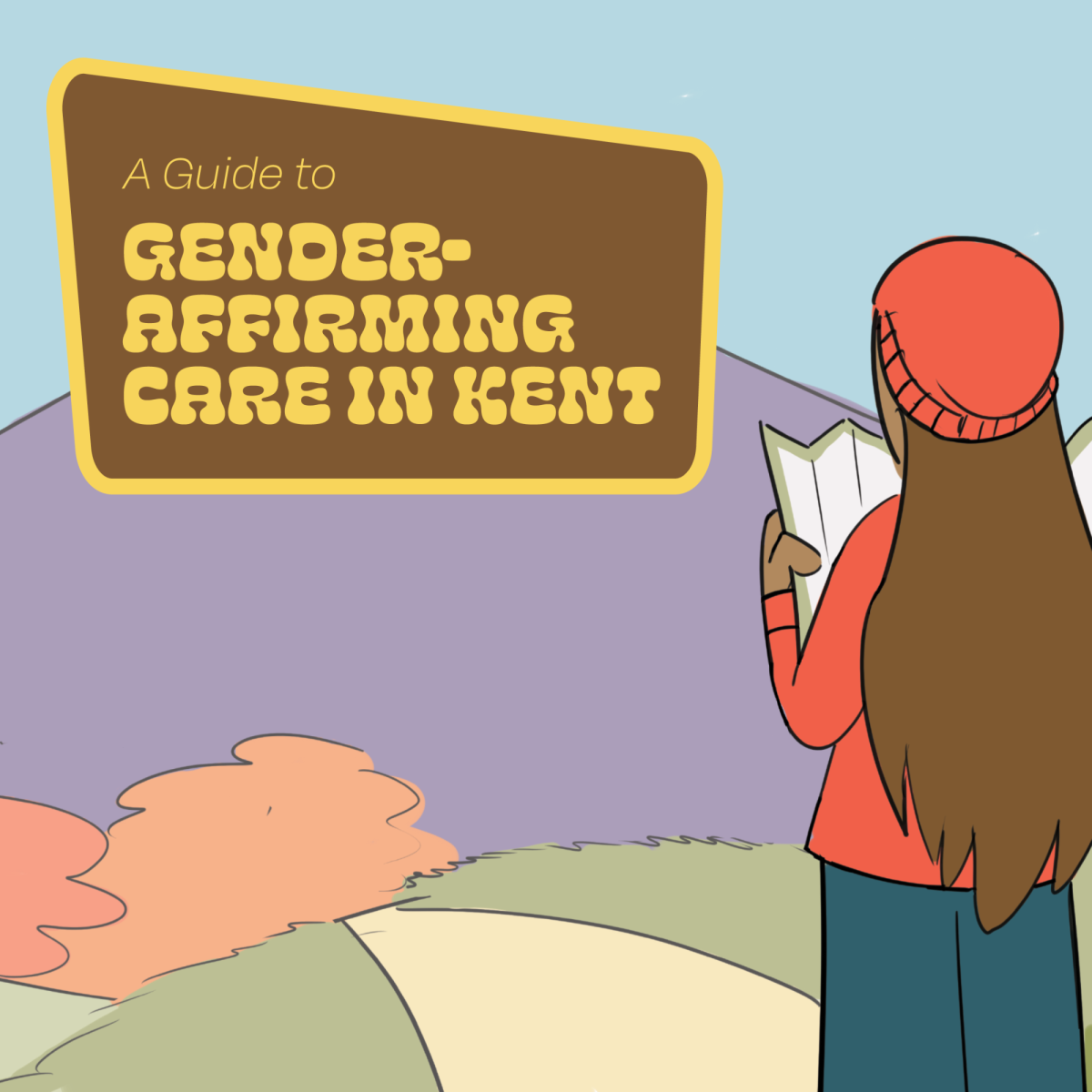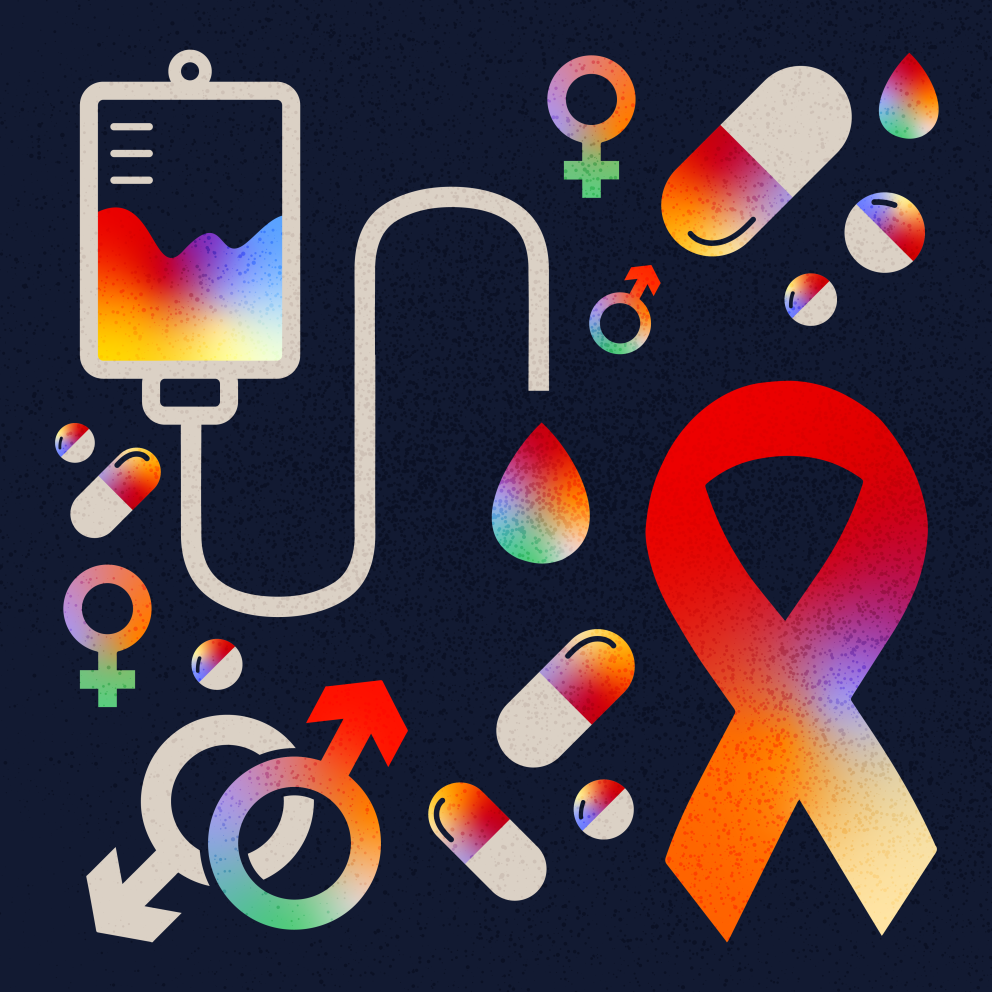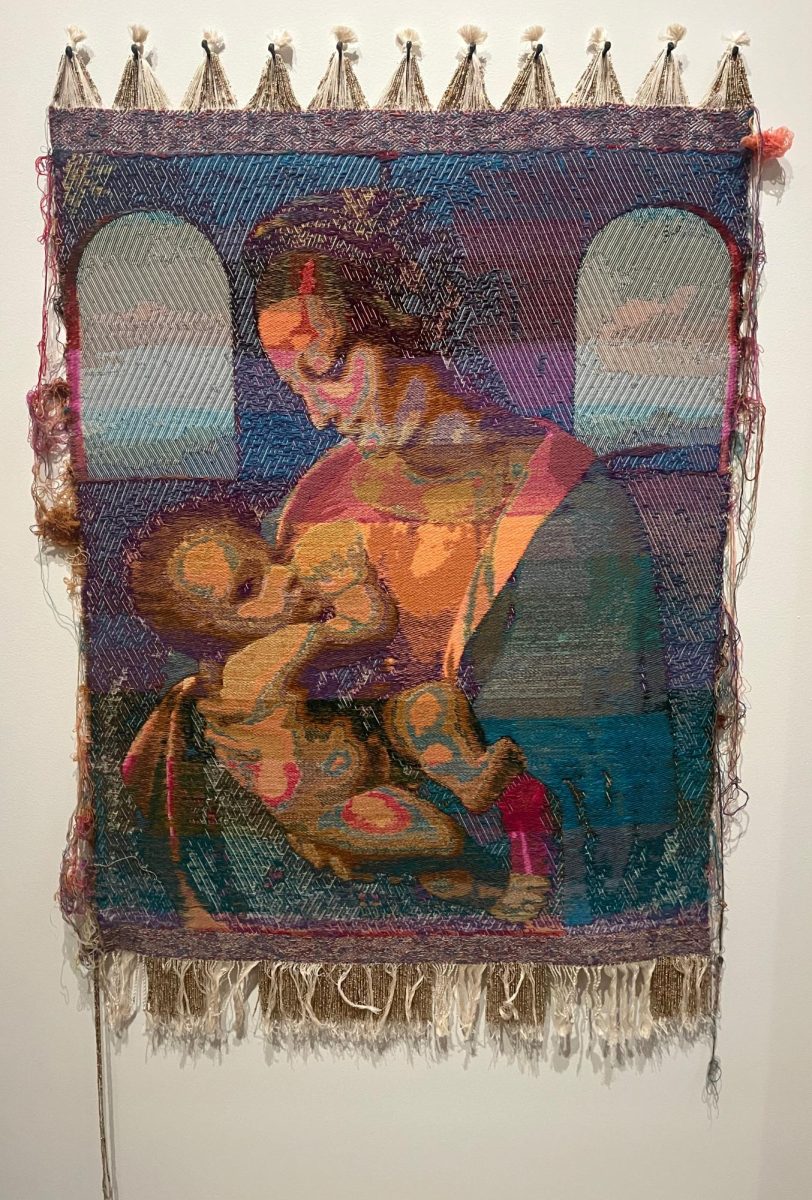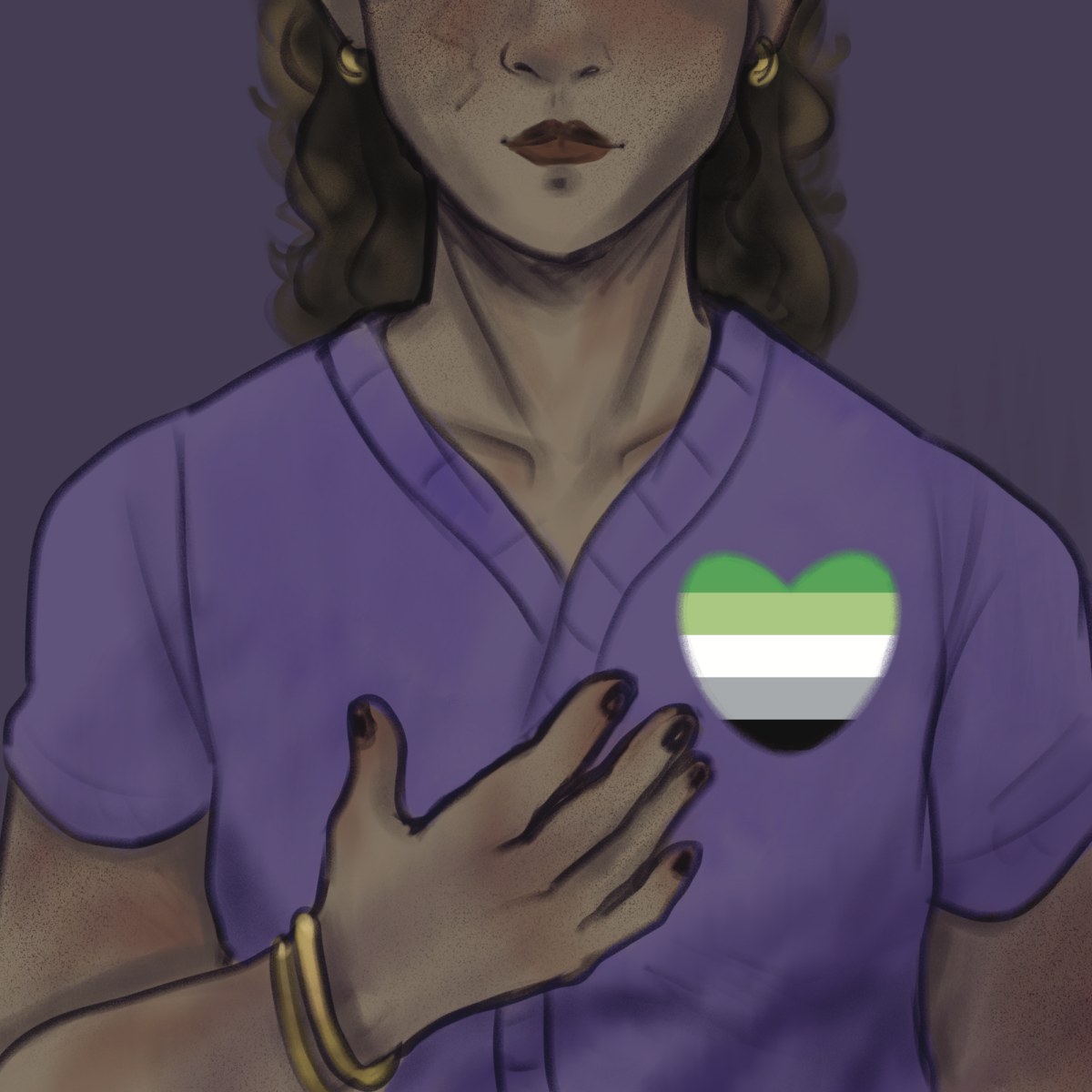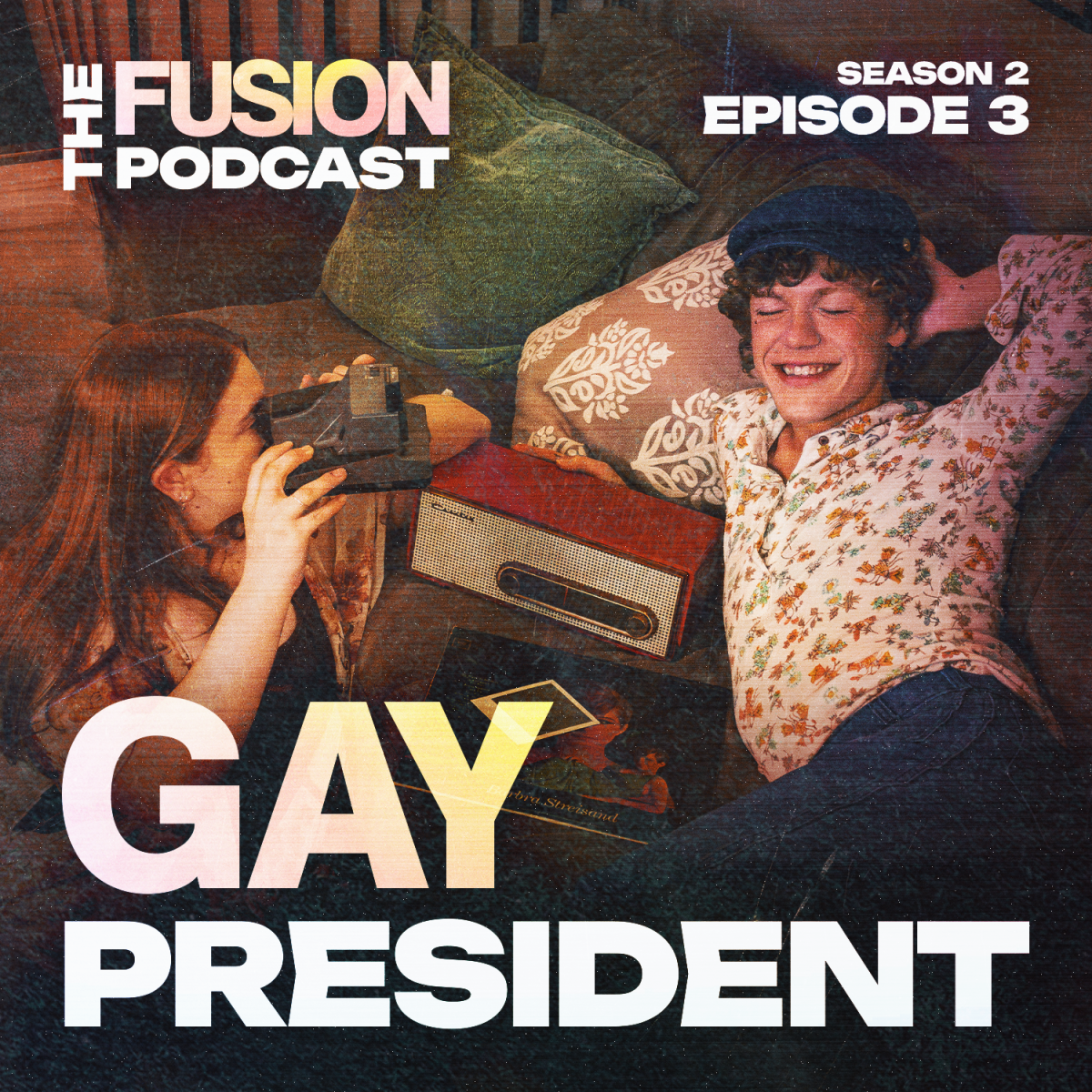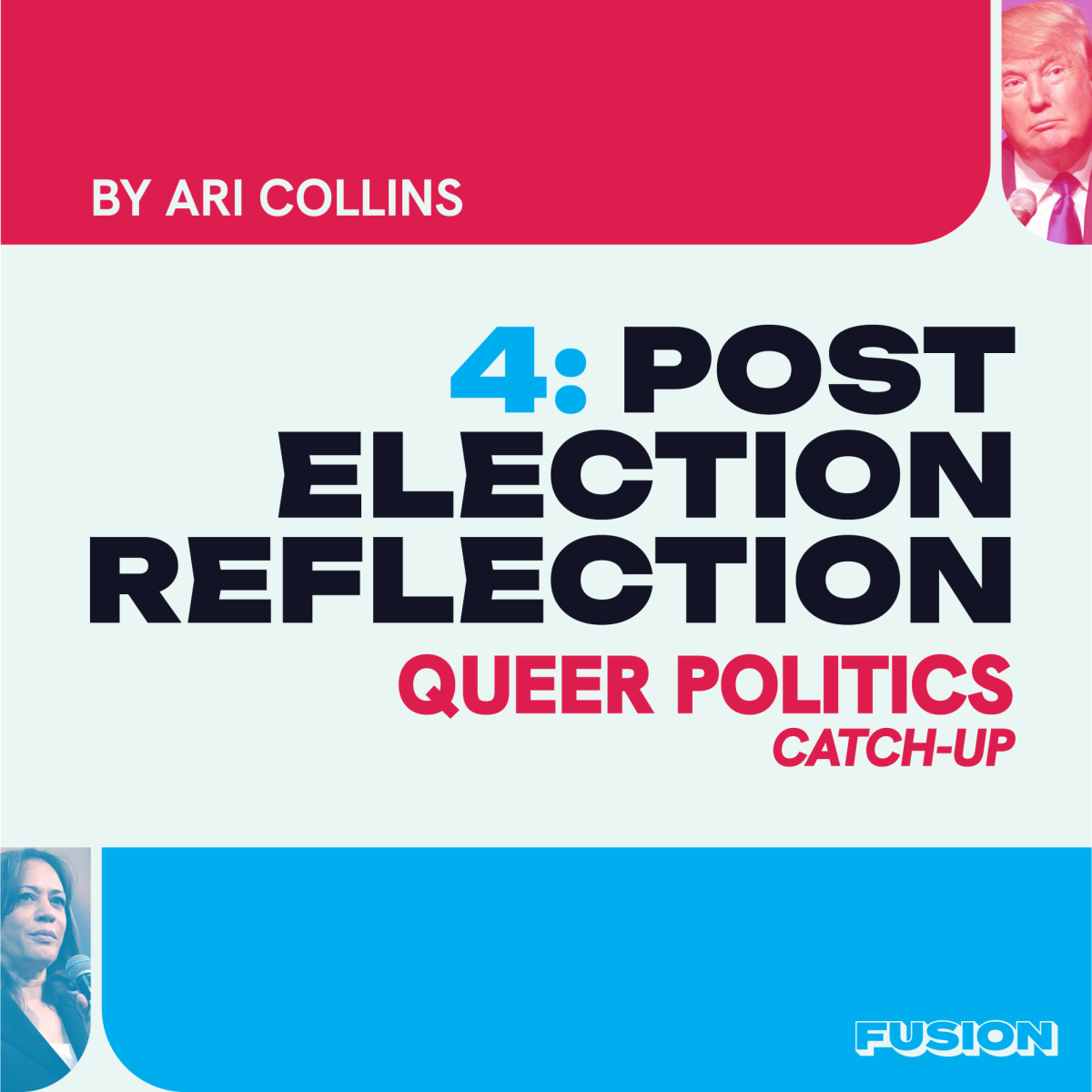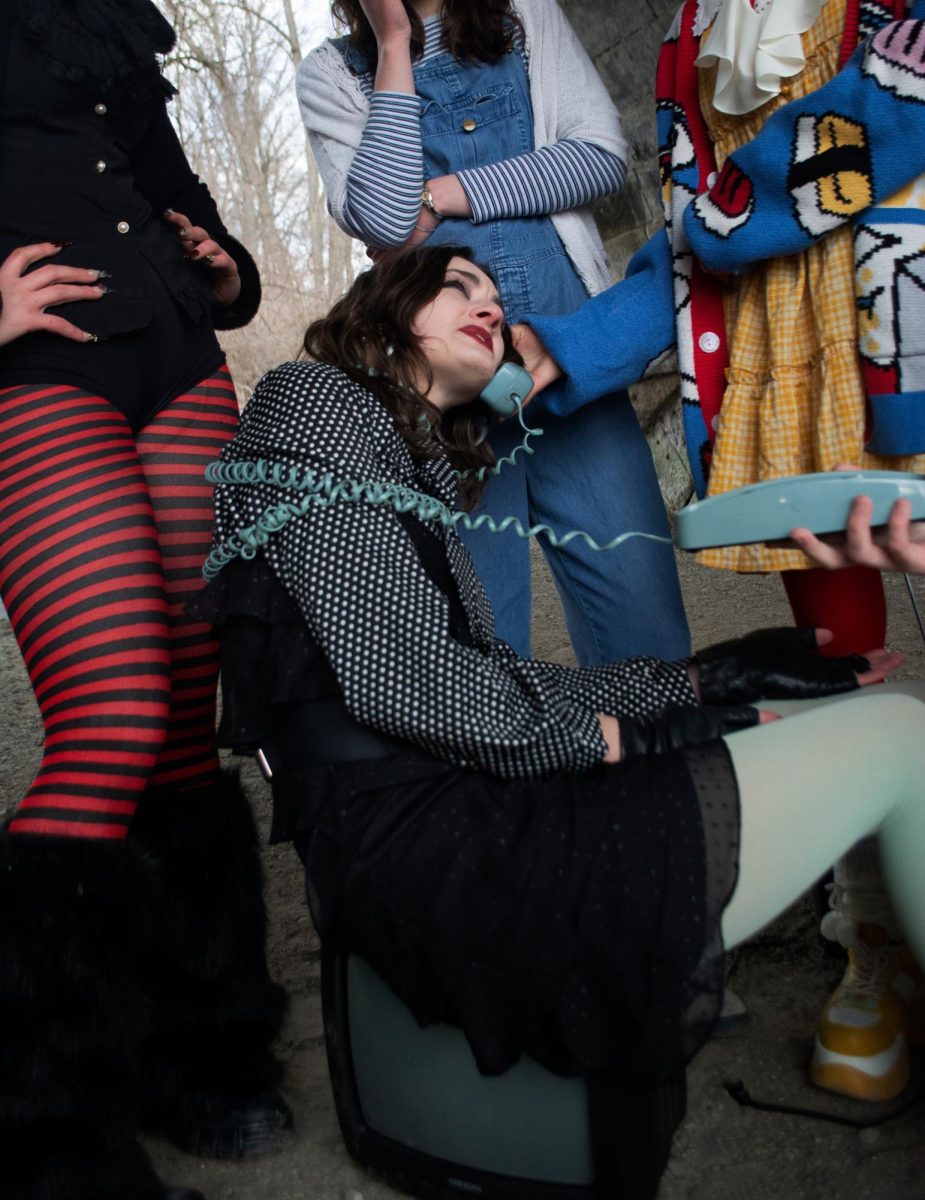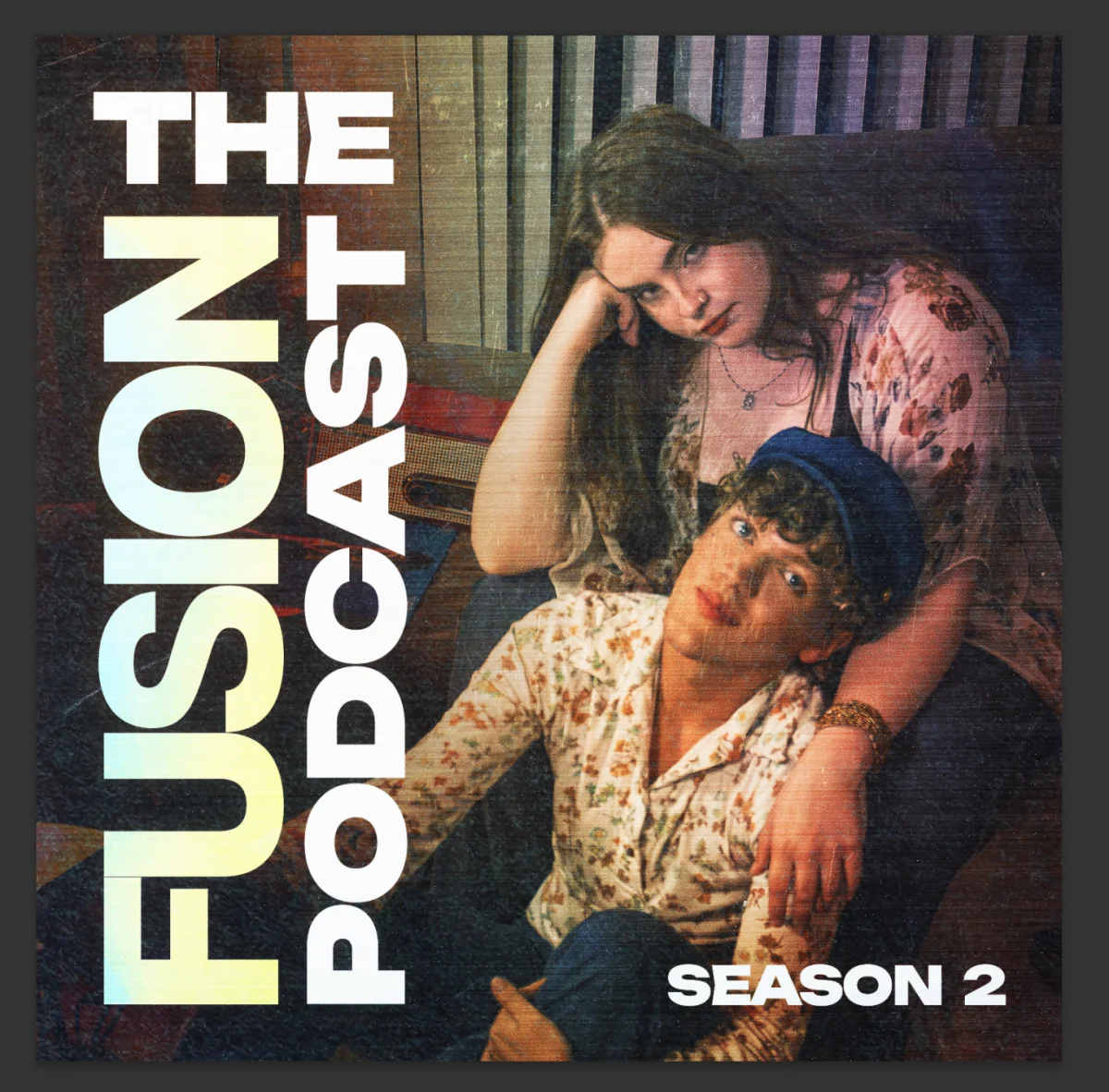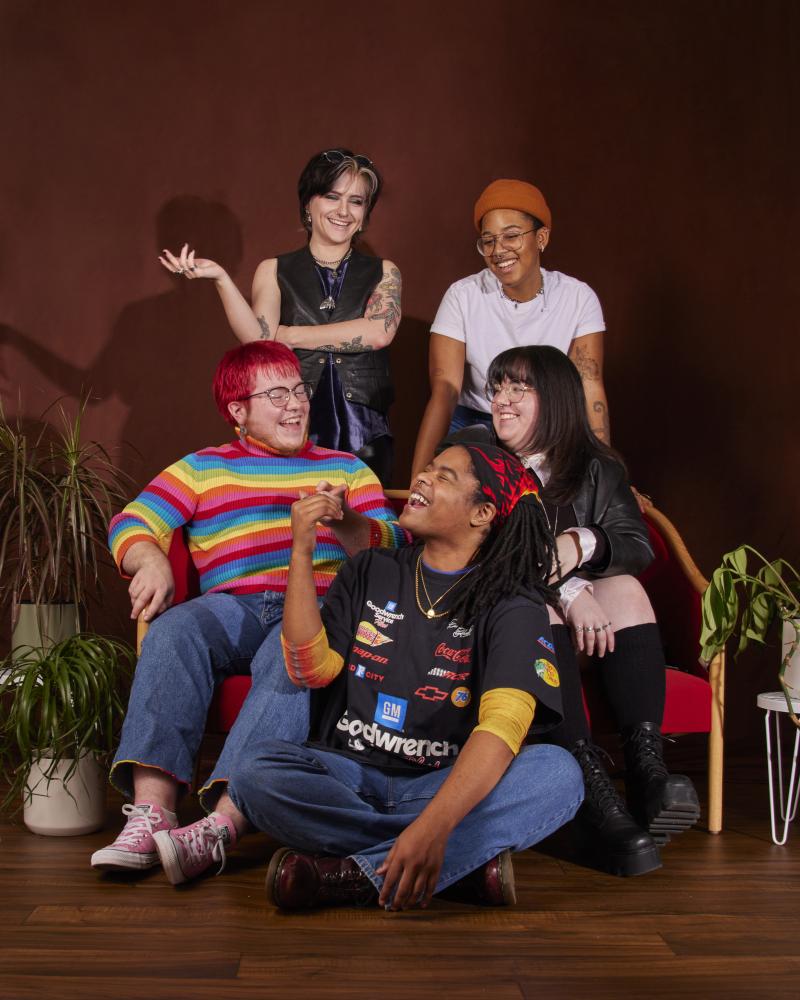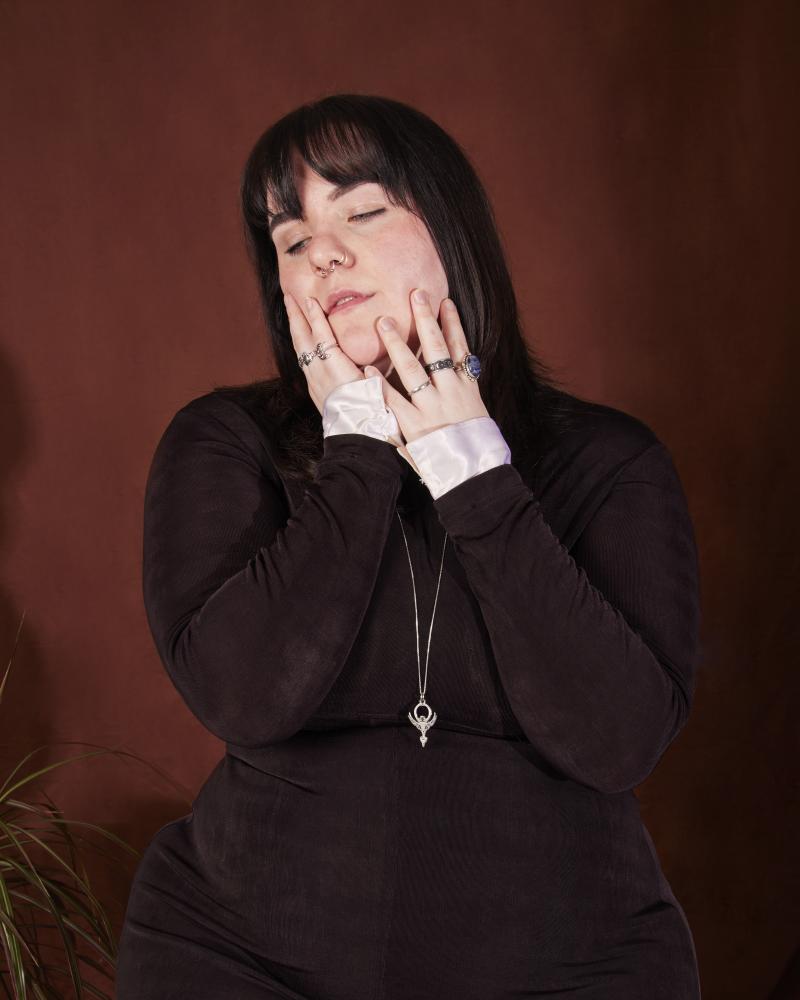Words and Photos by Antonia DiGiacomo & Nina Gwin.
One of the joys of gender non-conformity is the process of challenging perception. Gender is an endlessly nuanced concept, so understanding what it looks and feels like as an individual holds exponential opportunities.
Creativity and resilience tend to coincide beautifully within the trans community. From spontaneous hair color to meticulous gender-affirming procedures, no effort is too small when navigating non-conformity.
Sustainable gender-affirming care, however, has been made less than accessible due to an overwhelming rise in anti-trans policies. In 2023, over 500 anti-LGBTQ+ bills were filed throughout the United States Congress, nearly half of which specifically targeted the trans community.
According to the Human Rights Campaign, over 100 bills were proposed to ban gender-affirming care for trans youth, and roughly 30 regarding anti-trans bathroom policies. These bills have resulted in a multitude of negative effects on LGBTQ+ youth.
The amount of anti-queer and trans bills presented in congress in 2023 was over double the amount of the year prior. A 2023 poll by The Trevor Project found that about a third of queer youth report having consistently poor mental health resulting from the rise in anti-trans rhetoric and policies.
It has been made statistically clear that impeding on the rights of the trans community will not tame it, but hurt it. In other words, gender dysphoria cannot be outlawed, it can only be treated.
Despite lawmakers’ efforts to diminish the LGBTQ+ community, queer and trans folks continue to demand a presence. Adaptability remains strong within the trans community. Local drag artists continue to preserve spaces for their families, trans youth find unity with peers and queer art has enormous relevance in pop-culture.
In a time where things are so uncertain, it is important for the LGBTQ+ community, especially trans individuals, to find ways to resist. One of the best forms of resistance today is finding queer and trans joy.
Milo Schumann, a Kent State University graduate, said that finding queer communities has been an important aspect of his gender journey. “I have been getting involved in a lot of drag shows, so I end up meeting a lot of queer and trans people there, and similar sorts of events. I’ll go to meetups at the LGBTQ+ center every so often, go to pride events, go to a gay bar, you know? Just putting myself out there in person, and also meeting people through people I already know.”
Cash Moran, an environmental science major at Kent State University said that community plays a huge role in accessing gender affirming care. “Make friends with the people that are going through the same thing as you, and share resources as much as possible.” Moran said. “I personally know people that have made HRT at home, and I only met them through being in spaces where we’re experiencing queer joy together.”
If trans individuals are looking to explore gender affirming care on their own, they can turn to customizing their look. Fashion holds a sacred place in the LGBTQ+ community; it can be hugely empowering for those wandering outside of the gender binary.
“I feel like in high school, before I was able to transition and come out, I was buying clothes that I would fit in eventually, and now the clothes fit me really well.” Sergio Roper, a psychology and english major at Kent State University said. “I’ve been wearing them way more than I used to, and I’ve had them for so long and they’ve changed with me, and that makes me happy.”
Schumann shared a similar sentiment. “I particularly like to thrift a lot and I feel like that has a lot to do with gender for me, like the DIY aspect of it.” Schumann said. “I also make little earrings…and they’re very silly and fun, and that’s a gender thing for me.”
Lilith Kocian, a film major at Cleveland State University, added the use of tattoos and additional piercings as great ways to explore gender through fashion and self-presentation. They also include discussions of gender nuances in their films as a method of using art to engage with their own gender.
As state legislators, especially in Ohio, continue to attempt to politically dismantle trans rights, trans people continue to fight against it. It is important to show solidarity during this time, and provide trans people with the support and love they deserve.
Kocian emphasizes the importance of finding a support system in the midst of finding gender affirming care. “I feel like when I was growing up, I had all these questions, but I didn’t have support to do it. So I think definitely whether it’s through your family, through your friends, through a partner, or even maybe a teacher. If you’re growing up, just finding that support and that, you can make the steps into what kind of care you need.”
This story is dedicated to Tony, and all of the trans people that have been lost to harmful rhetoric and violence.







